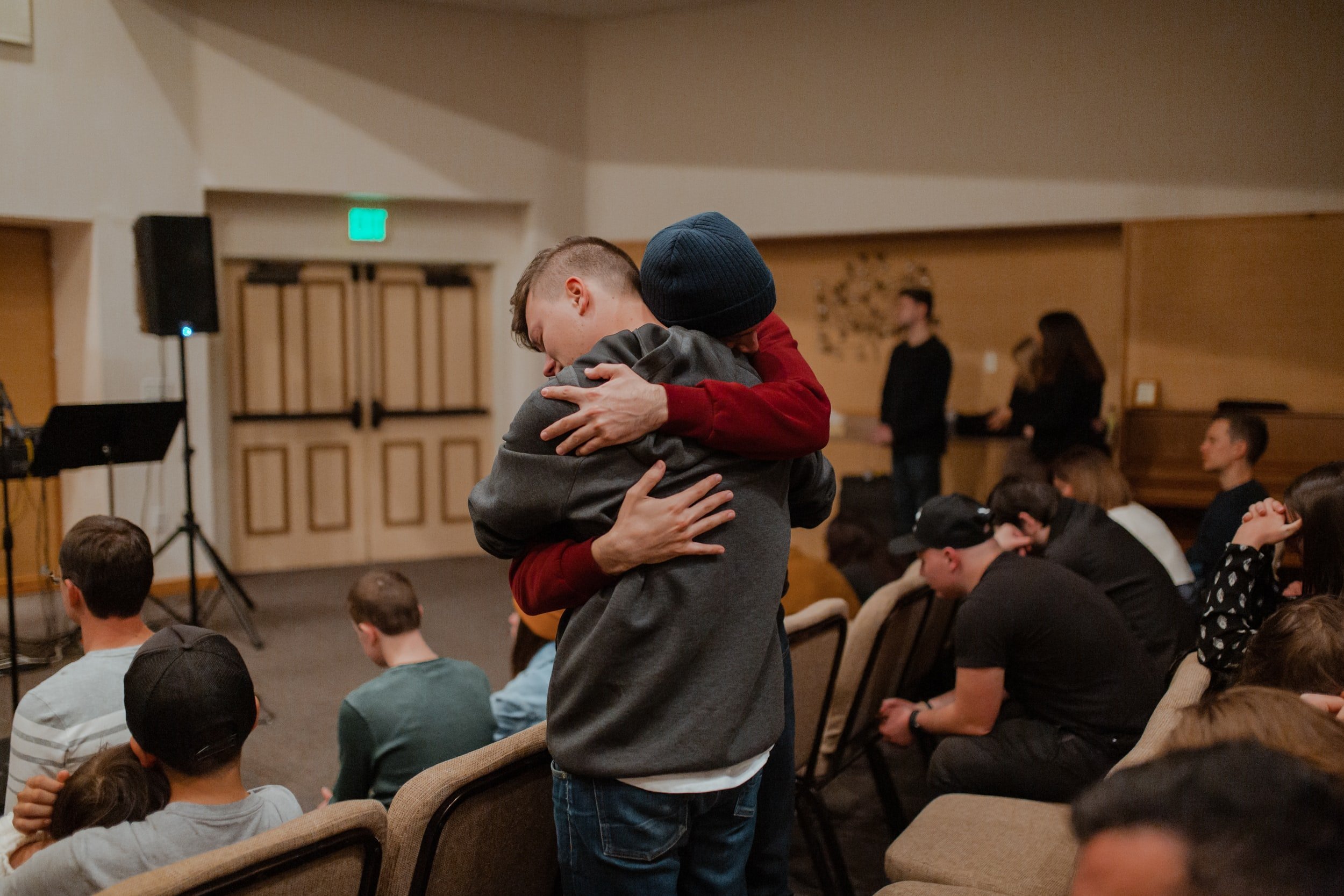Blogs and Latest News
Reckoning with Race in Adolescent Stories
Diversity and inclusion in film and television contributes to young people of color’s identity formation in positive ways when they avoid stereotyping.
Nuance Needed in Adolescent Mental Health Stories
Even before the pandemic, mental health challenges were the leading cause of poor life outcomes for youth.















